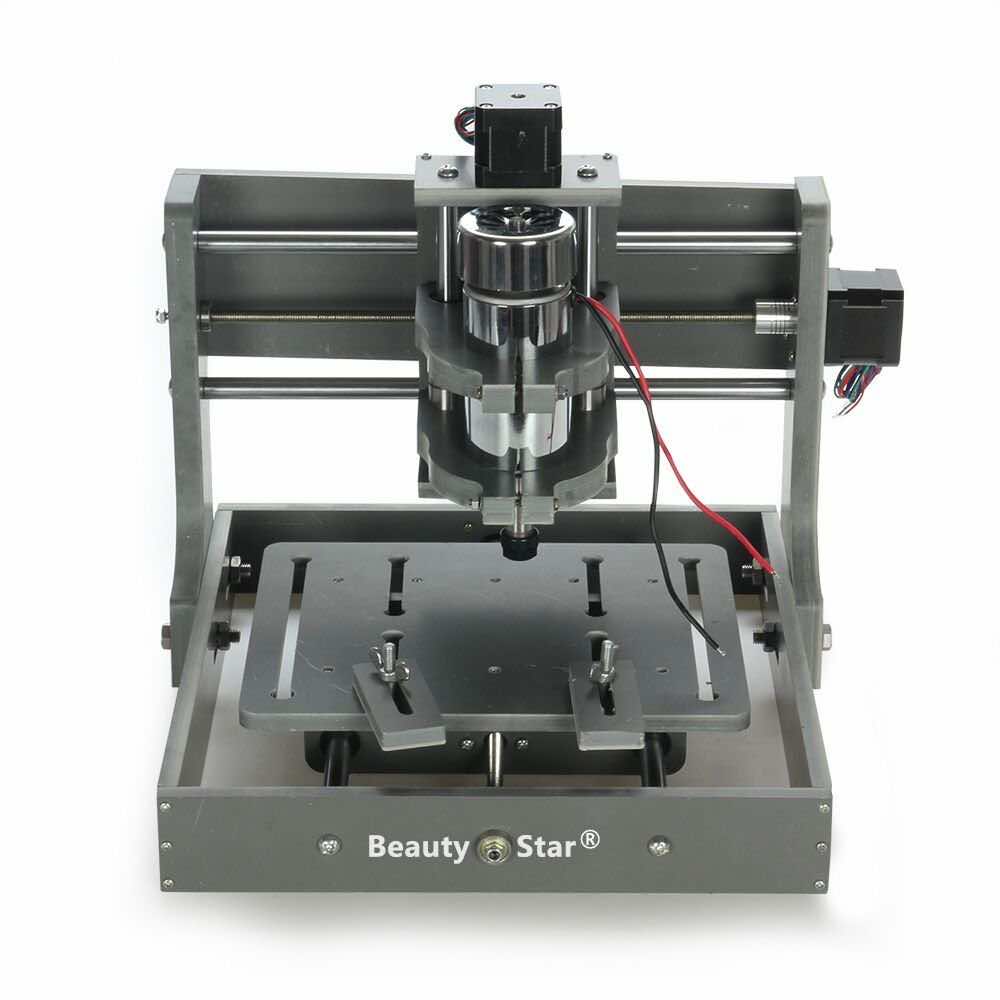When employing CNC manufacturing, you will of course have to create a design of the product you want to create. This is obviously also the case when utilizing a 3D printing service instead of Computer Numerical Control machining. Unfortunately the created designs are not always optimally made. In fact, the CAD designs for CNC machining can usually be improved rather easily with the help of a few tips. Below you can find five examples you should certainly employ, although there are many more useful tips regarding this subject.
No excessive use of tolerances
CAD designs are expected to tolerate dimensions where needed. However, it is important to note that excessive tolerancing only leads to an increase in machining cost and time. This is the case since different CNC machines of course have different tolerance standards. Do your dimensions not have tolerances? The machine will then employ its standard tolerance for such dimensions. In order to save cost and time, you should only specify tight tolerances when needed as they are. Furthermore, it is important to maintain homogeneous tolerancing. This will also reduce the CNC machining time.
No excessively thin walls
So you should not add an excessive use of tolerances in your CAD design, but adding excessively thin walls also is not a good idea. For certain engineering projects thin walls are a requirement though. On the other hand, by avoiding designing excessively thin walls you can improve your models for CNC machining. Studies have already shown that wall thickness is proportional to the stiffness of the used material. Because of that, lowering the wall thickness would lower the stiffness of the material as well. Are you using metal? In this case the minimum thickness is 0.794 millimeter, while it is 1.5 millimeter for plastics.
Radii for internal edges
The machining tool can struggle with internal edges due to its shape. Most cutting tools are after all cylindrical, which is why they cannot create sharp internal edges. Therefore, it is essential to add radii to internal edges in your CAD design. You should design internal edges that do not stress the tool more than needed. This way you can avoid the wear and tear of the CNC machining tool. You can achieve this by adding a radius of 130 percent of the milling tool radius, which is a handy rule of thumb to know and use.
Standard sized holes
On top of that, it is advised to design holes with standard sizes in your CAD model. These standard sized holes can be milled with the help of standard drill bit sizes, which will save machine cost and time. This is the case since holes that do not have a standard size will have to be made with an end mill tool. Is it impossible to add standard sized holes in your design? You should then apply the rule of thumb for depth of cavity. This is that the depth must be four times the diameter of the hole.
No too small features
Furthermore, you should avoid adding too small features in your CAD design for CNC machining. This is recommended as most CNC machines have a minimum tool diameter of 2.5 millimeters. Any feature smaller than this will therefore be difficult to machine. Therefore, these too small features will require a special tool to machine, which will increase the machine costs and time. Because of that, it would be smart to avoid adding too small features in your design, especially when you want your products to be as cheap as possible.

